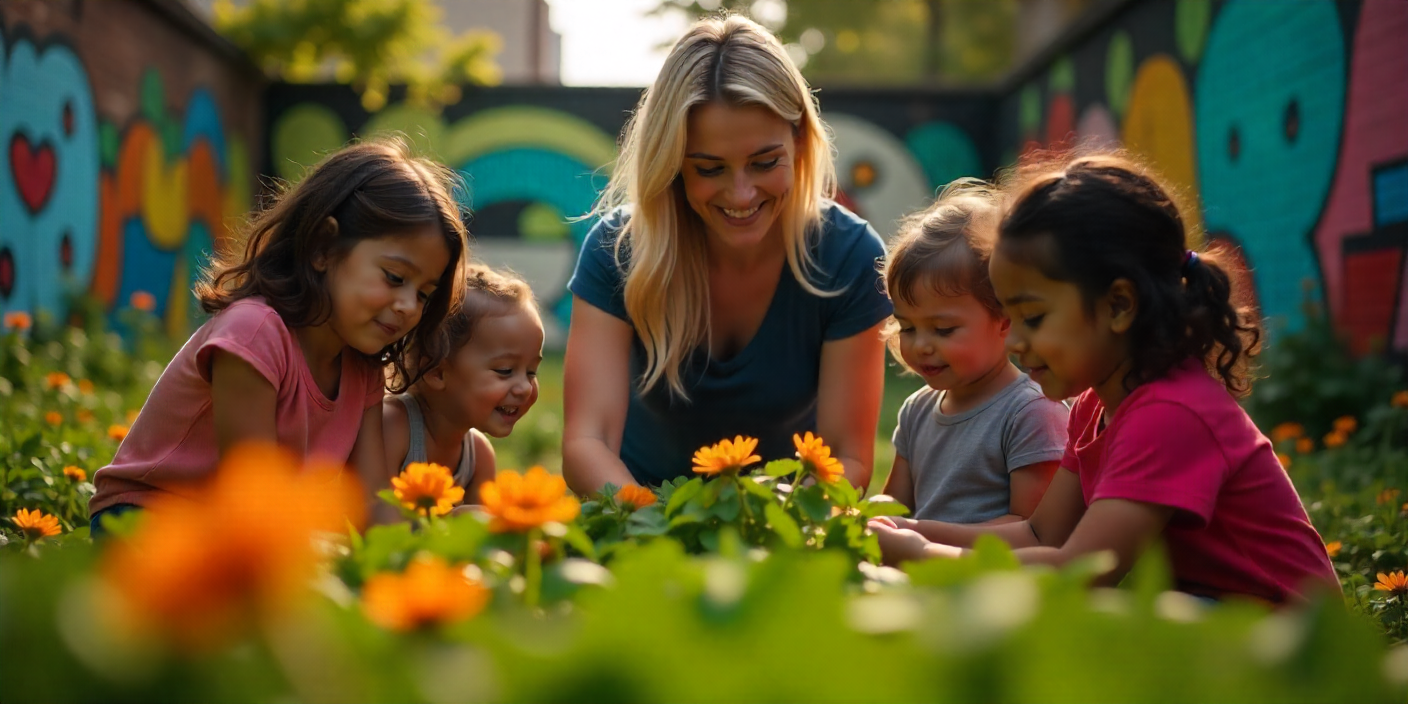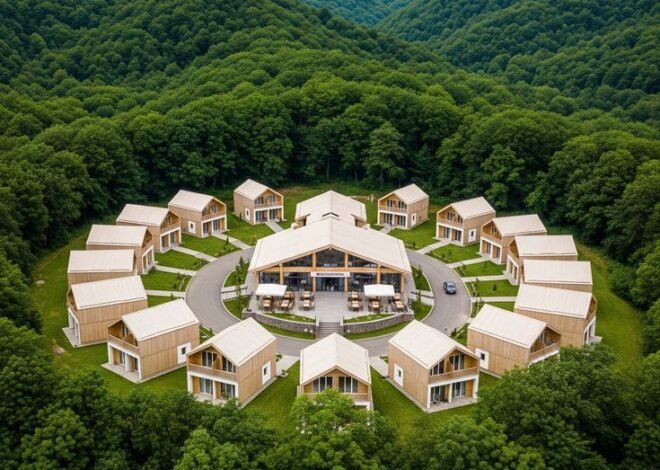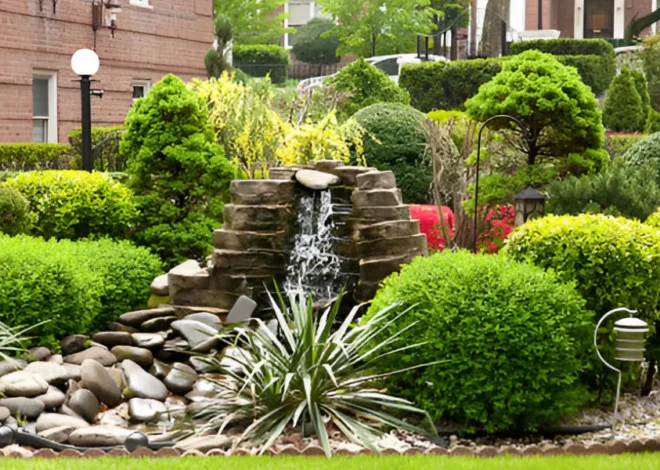
Gardening for Life: How Cultivating Green Spaces Enriches Well-Being
Gardening has been part of human life for thousands of years, beginning as a necessity and evolving into both an art form and a therapeutic pursuit. From small herb patches behind stone cottages to sprawling landscaped estates, the act of tending plants has always been more than growing food or flowers. It represents patience, care, and an intimate connection with the natural world.
In today’s fast-moving society, where screens dominate attention and schedules seem endless, gardening provides something rare: stillness. Yet it is far from passive. Whether practiced in a suburban backyard, on a balcony in a city apartment, or across community plots, gardening fosters resilience, creativity, and health.
This article explores gardening’s benefits, practical approaches, and how even beginners can create thriving green spaces that nourish both body and mind.
1. Gardening and Well-Being
Studies increasingly confirm what gardeners have known instinctively: spending time in green environments reduces stress. Digging soil, planting seeds, and observing growth encourage mindfulness. The rhythm of tending plants grounds people in the present moment, drawing attention away from worries.
Beyond mental health, gardening contributes to physical well-being. Bending, lifting, and weeding provide low-impact exercise. Sunlight exposure (with proper care) boosts vitamin D levels. Fresh produce grown at home adds nutrition while reducing dependence on processed food.
Equally important is the sense of accomplishment. Watching a plant sprout from a seed nurtured by your own effort delivers satisfaction difficult to replicate elsewhere. This emotional reward keeps people returning to their gardens season after season.
2. Choosing the Right Space
Not everyone has acres of land, but gardening adapts to many environments:
-
Balcony or windowsill gardens: Herbs like basil, mint, and thyme thrive in small pots. Compact vegetables such as cherry tomatoes or peppers grow well in containers.
-
Urban community gardens: Shared plots allow city dwellers to cultivate crops, exchange tips, and build social bonds.
-
Backyard landscapes: Lawns can be reimagined with vegetable beds, pollinator-friendly flowers, or fruit trees.
-
Vertical gardens: Walls and trellises support climbing plants, perfect for limited square footage.
The principle remains the same regardless of size: start with what you have. Successful gardening does not demand grandeur but consistency and observation.
3. Understanding Soil
Soil is the foundation of every garden. Healthy soil contains a living ecosystem of microbes, fungi, and organic matter. Too often, beginners overlook this, assuming any patch of dirt will suffice.
Improving soil begins with testing. Simple kits measure pH levels and nutrient balance. From there, organic matter like compost or well-rotted manure can be added to enrich fertility. Mulching helps conserve moisture, suppress weeds, and regulate temperature.
Gardeners who nurture soil health discover that plants grow stronger and require fewer chemical interventions. In this sense, soil care is both practical and ecological.
4. Seasonal Planting
A successful garden respects the rhythm of seasons. Understanding local climate and planting cycles prevents disappointment.
-
Spring is ideal for cool-season crops such as lettuce, peas, and spinach. It also marks the time for sowing flowers that bloom later in summer.
-
Summer favors heat-loving vegetables—tomatoes, zucchini, beans—as well as sunflowers and marigolds.
-
Autumn can extend harvests with kale, carrots, and radishes, while bulbs like tulips and daffodils are planted for spring displays.
-
Winter, depending on region, may allow hardy greens in mild climates or provide time to plan, compost, and prepare soil for the year ahead.
Planting in harmony with seasons makes gardening feel less like a struggle and more like partnership with nature.
5. Watering Wisely
Water is essential yet often misunderstood. Many new gardeners drown plants with excessive watering or neglect them during dry spells. The key is consistency. Most plants prefer deep, less frequent watering rather than shallow daily sprinkles. This encourages roots to grow downward, improving resilience.
Collecting rainwater in barrels, using drip irrigation, and mulching to retain soil moisture are sustainable methods. Especially in regions facing drought, water-conscious practices protect resources without compromising plant health.
6. Attracting Pollinators and Wildlife
A vibrant garden is rarely a solitary endeavor. Bees, butterflies, and birds contribute to pollination and pest control. By planting nectar-rich flowers such as lavender, coneflowers, or native wildflowers, gardeners invite these allies.
Avoiding chemical pesticides also preserves ecological balance. Natural alternatives—like companion planting (using marigolds to deter pests near vegetables) or releasing beneficial insects such as ladybugs—create harmony without harming the environment.
When a garden becomes a haven for wildlife, it transforms from decoration into an ecosystem.
7. Food Security and Sustainability
Growing food at home is more than a hobby—it’s a step toward resilience. Rising food prices and concerns over supply chains have renewed interest in homegrown produce. Even a few raised beds can yield meaningful harvests: salads, herbs, berries, or root vegetables.
This not only saves money but reduces environmental impact. Transporting food across continents consumes energy; growing locally minimizes that footprint. Composting kitchen scraps closes the cycle, turning waste into nourishment for the next season.
For families, gardening also offers education. Children learn where food originates, the patience required for growth, and the satisfaction of tasting something they’ve nurtured themselves.
8. Common Mistakes and How to Avoid Them
Every gardener makes errors, especially at the beginning. Some frequent pitfalls include:
-
Planting too much too soon: Ambition leads to overwhelming maintenance. Start small.
-
Ignoring spacing: Crowded plants compete for resources, reducing yield.
-
Neglecting soil preparation: Seeds may sprout but struggle in poor soil.
-
Impatience: Growth takes time; constant interference can damage plants.
Mistakes, however, are part of learning. A failed crop still teaches lessons that contribute to success in future seasons.
9. Gardening as Community and Culture
Gardening transcends individual effort. Across cultures, communal gardens serve as gathering places, fostering connection between neighbors. Festivals often revolve around planting or harvest cycles. Traditional methods—seed saving, terracing, irrigation—carry wisdom worth preserving.
Modern gardeners can draw inspiration from these traditions while adding contemporary practices like permaculture or hydroponics. In this blending, gardening remains both timeless and adaptive.
10. Looking Ahead: The Future of Gardening
As cities grow and climate shifts, gardening will adapt. Rooftop farms, hydroponic towers, and smart irrigation systems already point toward a future where urban gardening may help feed populations.
At the same time, the desire for simplicity persists. A potted herb on a windowsill, a row of tulips by the front door, or a shared plot in a neighborhood still offer joy. Technology may change methods, but the essence—nurturing life and finding meaning in growth—remains constant.
Conclusion
Gardening is not only about plants. It is about cultivating patience, resilience, and respect for the earth. It is about building spaces where health, beauty, and sustainability intersect. Whether one tends a sprawling vegetable patch or a single basil plant in the kitchen, the act connects people to cycles larger than themselves.
In every seed lies a reminder: growth takes time, but with care and attention, it flourishes. For modern lives filled with distractions, few practices offer such grounding rewards.


